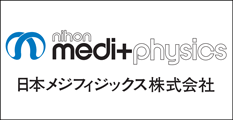4.2.2 炭素線治療のための生物モデルの進展と検出器の開発4.2.2 Development of Biological Models and Related Detectors for Ion-beam Therapy
量子科学技術研究開発機構放射線医学総合研究所物理工学部Department of Accelerator and Medical Physics, National Institute of Radiological Sciences, National Institutes for Quantum and Radiological Science and Technology ◇ 263–8555 千葉市稲毛区穴川4–9–1 ◇ 9–1 Anagawa-4, Inage-ku, Chiba, Chiba 263–8555, Japan



